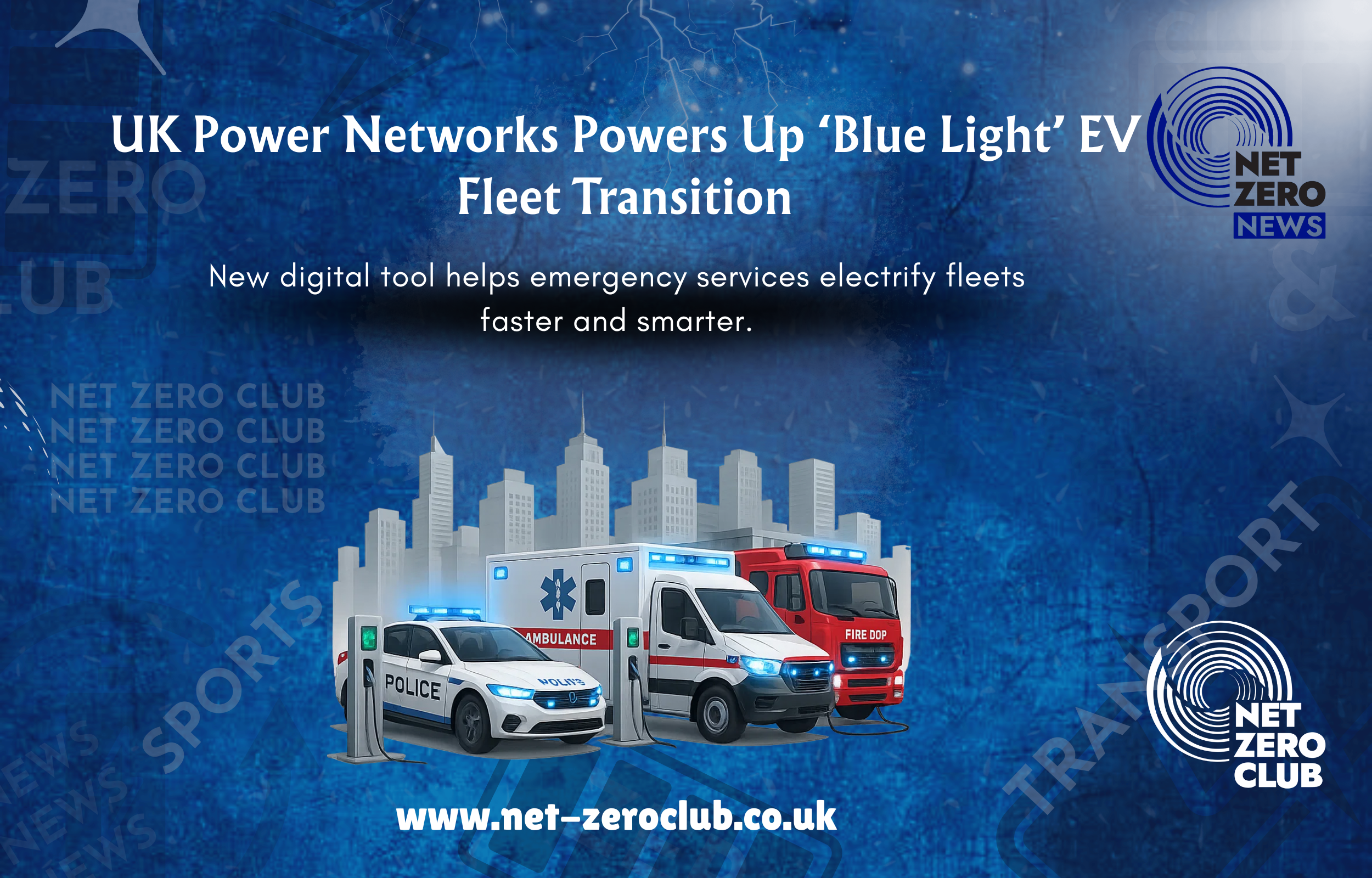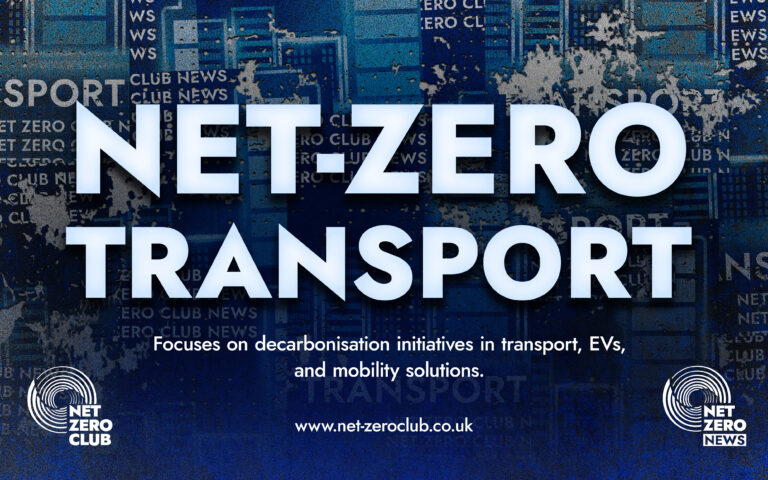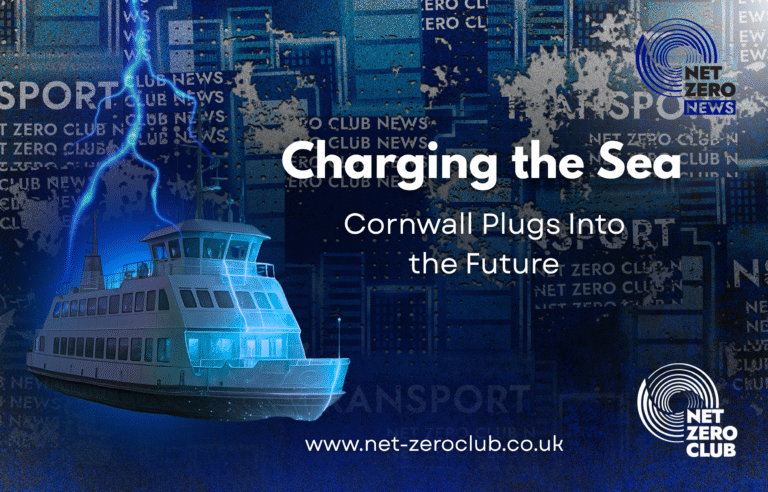UK Power Networks’ Green Initiative for Blue Light Fleets

Greetings, Net Zero News Community,
In an exciting move towards a greener future, UK Power Networks has unveiled an innovative initiative aimed at accelerating the transition to electric vehicles (EVs) within the UK’s emergency services. Dubbed the ‘Blue Light’ project, this pioneering effort is set to revolutionise how ambulance, police, and fire and rescue services adopt low-carbon technologies, ensuring these vital services can continue to operate smoothly while contributing to the nation’s Net Zero targets.
The Blue Light project is designed with the unique challenges faced by emergency services in mind. These organisations typically operate across multiple locations with specialised fleets that require tailored solutions. The initiative will provide these services with the necessary tools to plan and implement crucial upgrades, including the installation of electric vehicle charging points and energy-efficient enhancements for their depots. But what sets this project apart is its commitment to maintaining the operational effectiveness of these services during the transition.
At the heart of the Blue Light initiative is a digital tool that is being hailed as the first of its kind. This innovative platform will allow emergency services to pinpoint exactly where and when additional electricity is available, enabling them to utilise it in the most efficient manner possible. By streamlining the planning process for low-carbon upgrades, this tool aims to make the transition quicker, cheaper, and more manageable.
One of the standout features of this digital solution is its comprehensive approach to integrating information about each site’s future energy requirements into a single, user-friendly interface. This consolidation of data will make it significantly easier for services to plan suitable electricity connections, minimise project delays, and better coordinate streetworks with other utilities. By doing so, the Blue Light project is poised to enhance operational efficiency and reduce costs for these essential services.
Developed in collaboration with emergency service workers, the tool is currently in the development phase, with a proof-of-concept already co-designed with various emergency service organisations. This collaborative effort underscores the commitment to ensuring that the final product meets the specific needs of its users, facilitating a smoother transition to low-carbon technologies.
Luca Grella, the head of innovation at UK Power Networks, expressed the importance of this initiative: “Emergency services play an essential role in keeping our communities safe, and their transition to low-carbon technologies must be made as seamless and efficient as possible. Through the Blue Light project, we’re bringing together, for the first time, all the information needed to plan new electricity connections into one easy-to-use tool.”
Grella further elaborated, “This means emergency services can see exactly where electricity capacity is available, explore practical options to use it efficiently, and plan upgrades without lengthy, repeated processes. By simplifying and speeding up connections, we’re improving the customer experience while ensuring critical operations stay resilient as the UK moves towards Net Zero carbon emissions.”
The urgency of transitioning to electric vehicles and low-carbon technologies within the emergency services cannot be overstated. As the UK aims for Net Zero carbon emissions by 2050, every sector must play its part, and the emergency services are no exception. The Blue Light project represents a significant step in facilitating this transition, ensuring that these essential services can adapt to the demands of a changing energy landscape.
By equipping emergency services with the tools and insights they need, UK Power Networks is not only enhancing the operational capabilities of these organisations but also contributing to a broader movement towards sustainability. The integration of low-carbon technologies will not only help reduce the carbon footprint of emergency services but also set a powerful example for other sectors to follow.
As the project progresses, it will be fascinating to see how the Blue Light initiative evolves and the impact it will have on the emergency services landscape in the UK. The initiative stands as a testament to the power of innovation and collaboration in achieving the ambitious goal of Net Zero.
In conclusion, the Blue Light project is a groundbreaking endeavour that promises to reshape the future of emergency services in the UK. By facilitating the transition to electric vehicles and low-carbon technologies, it not only supports the operational needs of these critical services but also aligns with the nation’s broader sustainability goals. The commitment from UK Power Networks to enhance the efficiency and effectiveness of emergency services through innovative solutions is a promising indication of the strides being made towards a greener, more sustainable future.
Let’s continue to champion such initiatives, as they play a crucial role in paving the way to a Net Zero future. Together, we can support the vital services that keep our communities safe while ensuring that our environment is protected for generations to come.
Stay tuned for more updates on this and other exciting developments in the journey towards Net Zero.

 Got net-zero news, project updates, or product launches to share?
Got net-zero news, project updates, or product launches to share? 

